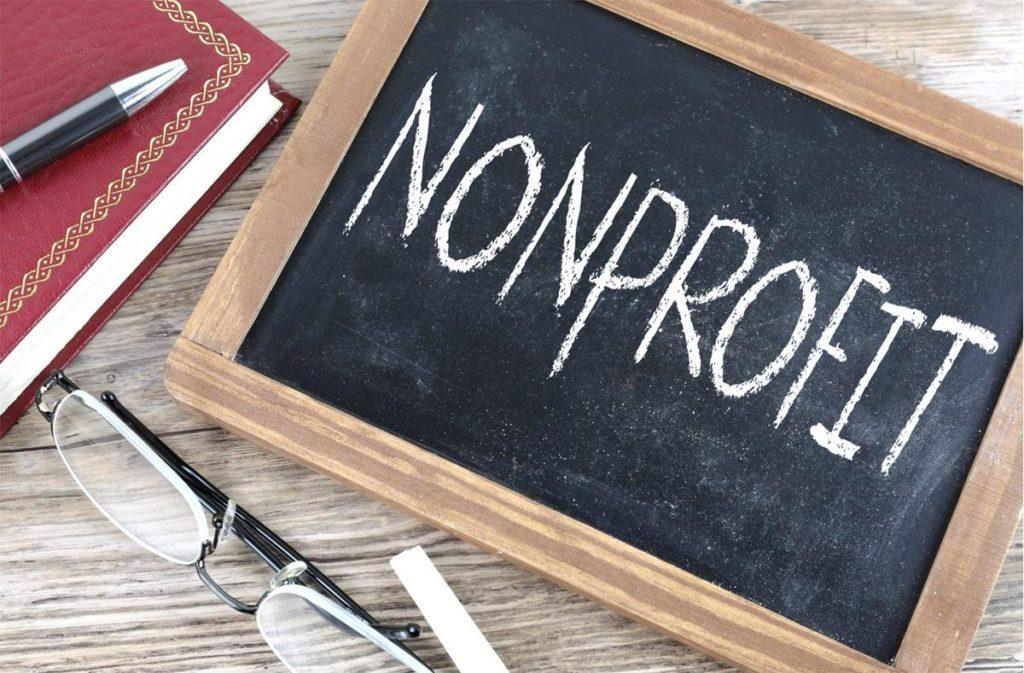Understanding Nonprofit Umbrella Insurance
Nonprofit organization umbrella insurance plays a critical role in safeguarding the financial stability and long-term sustainability of mission-driven entities. Let’s delve into the essential aspects of this specialized insurance coverage to understand its significance and tailored benefits for nonprofit organizations.
What is Nonprofit Organization Umbrella Insurance?
- Explanation of Umbrella Insurance: Umbrella insurance serves as an additional layer of liability coverage that goes beyond the limits of underlying policies. For nonprofit organizations, this extended coverage can provide essential protection against unforeseen risks and potential litigation.
- Unique Aspects of Umbrella Insurance for Nonprofit Organizations: Nonprofit entities often face distinct operational risks and legal challenges. Understanding how umbrella insurance addresses these specific concerns is crucial for ensuring comprehensive protection.
Importance of Nonprofit Umbrella Insurance
- Overview of Specific Risks Faced by Nonprofit Organizations: From volunteer activities to public events, nonprofit organizations encounter a diverse range of risks. We’ll explore the unique liabilities that make umbrella insurance a vital component of their risk management strategy.
- Examples of Claim Scenarios: Real-life examples spotlighting how umbrella insurance has been indispensable in mitigating liabilities and protecting the financial health of nonprofit organizations will underscore the critical nature of this coverage.
Benefits of Tailored Coverage for Mission-Driven Entities
- Alignment with Mission and Goals: Nonprofit organizations operate with a distinct purpose and set of values. Discover how umbrella insurance can be tailored to support and reinforce their mission-driven initiatives, ensuring continuity in fulfilling their societal contributions.
- Tailored Coverage Options: Exploring the flexibility and customization options available in umbrella insurance policies, we’ll examine how tailored coverage addresses the unique risks faced by nonprofits, empowering them to operate with confidence.
Coverage Details and Options
Nonprofit organizations require comprehensive protection that goes beyond basic insurance coverage. Teaming up with tailored umbrella insurance can provide a crucial safety net. Let’s explore the specific coverage details and customized options available to fortify the risk management strategy for mission-driven entities.
Comprehensive Protection for Nonprofit Organizations
- Primary Coverage Details: We’ll delve into the core components of umbrella insurance, emphasizing how it extends coverage to protect nonprofit organizations against unforeseen liabilities that may exceed the limits of their primary insurance policies.
- Case Studies and Examples: Real-life scenarios showcasing the invaluable role of umbrella insurance in action will highlight its significance in shielding nonprofit organizations from potentially devastating financial implications.
Customized Coverage Options
- Tailoring Coverage to Match Unique Risks: Various sectors within the nonprofit landscape, such as healthcare, education, and social services, face distinct risks. We’ll explore how umbrella insurance can be customized to address sector-specific liabilities, reinforcing the organization’s risk management framework.
- Flexibility in Umbrella Insurance Policies: Understanding the diverse range of customization options and flexibility available within umbrella insurance policies will empower nonprofit organizations to tailor their coverage to precisely fit their distinct risk profile.
Factors to Consider When Choosing Nonprofit Umbrella Insurance
Selecting the right umbrella insurance for a nonprofit organization is a pivotal decision that necessitates a nuanced understanding of the organization’s unique risks, coverage needs, and policy offerings. Let’s shed light on the crucial factors that should inform the decision-making process when procuring umbrella insurance for mission-driven entities.
Risk Assessment for Nonprofit Organizations
Identifying Specific Risks: The first step involves conducting a comprehensive assessment to identify the diverse risks inherent to the organization’s activities and operations. By systematically capturing and analyzing these risks, organizations can gain valuable insights into the types of liabilities that require coverage under the umbrella insurance.
Importance of In-depth Assessment: Emphasizing the significance of a thorough risk assessment, we’ll underscore how it serves as the bedrock for determining the appropriate coverage limits and tailoring the umbrella insurance to fortify the organization against its unique risk profile.
Evaluating Coverage Needs
Determining Optimal Coverage Levels: Organizations of varying sizes and scopes necessitate different levels of coverage. We’ll explore the quantitative and qualitative factors that influence the determination of coverage needs, such as the scale of activities, the number of stakeholders involved, and the extent of public interactions.
Factors to Consider: Delving into the multifaceted considerations, we’ll outline how factors like setting coverage limits, deductibles, and incorporating specific coverage extensions play a pivotal role in aligning the umbrella insurance policy with the organization’s risk management strategy.
Comparing Nonprofit Umbrella Insurance Policies
When securing umbrella insurance for nonprofit organizations, selecting the most suitable policy demands thorough scrutiny and comparison of diverse offerings available in the market. Let’s delve into the critical aspects of comparing nonprofit umbrella insurance policies to enable organizations to make informed decisions and secure comprehensive coverage.
Understanding Policy Variations
Exploring Coverage Options: We’ll offer insights into the wide array of coverage options presented by different insurance providers. Understanding the variations in coverage features and extensions will aid in aligning the specific needs of the nonprofit organization with the offered coverage.
Comparing Terms, Conditions, and Exclusions: In this section, we’ll scrutinize the intricate details of policies, focusing on the terms, conditions, and exclusions. Comparing these aspects will empower organizations to grasp the comprehensive scope of coverage and identify potential gaps or limitations within each policy.
Reviewing Coverage Limits and Excess Liability
Exploring Available Coverage Limits: Delving into the available coverage limits for nonprofit umbrella insurance, we’ll provide guidance on assessing the adequacy of these limits against the organization’s risk exposure. Understanding how these limits align with the operational realities of the nonprofit sector is vital for acquiring suitable coverage.
Understanding Excess Liability Protection: Highlighting the importance of excess liability protection, we’ll shed light on its impact on the overall coverage. Providing a nuanced understanding of excess liability will guide organizations in evaluating the degree of safeguarding offered beyond the primary policy limits.
Choosing the Best Nonprofit Umbrella Insurance Policy
Selecting the optimal nonprofit umbrella insurance policy is a pivotal decision that demands careful scrutiny and acumen. By understanding the critical steps involved in this process, nonprofits can secure a policy that comprehensively safeguards their mission-driven endeavors. Let’s delve into the essential elements of choosing the best nonprofit umbrella insurance policy and customizing it to precisely align with organizational requirements.
Finding the Right Insurance Provider
Researching Specialized Providers: Identifying insurance companies that specialize in offering coverage tailored to nonprofit organizations is paramount. This specialized expertise enhances the likelihood of securing a policy that accurately addresses the specific risks faced by nonprofits.
Evaluating Reputation and Financial Stability: Assessing the reputation and financial stability of potential insurance providers is imperative. Scrutinizing their track record and ability to provide steadfast support in times of need will aid in making an informed decision.
Customizing the Policy to Match Organizational Needs
Tailoring Coverage Options: Collaborating with an experienced insurance agent to tailor coverage options to the organization’s specific requirements is crucial. Customizing the policy will ensure that it aligns precisely with the organization’s unique risk profile.
Reviewing and Finalizing the Policy: Meticulously reviewing and finalizing the umbrella insurance policy to ensure comprehensive protection before making the final commitment is a non-negotiable step. This thorough examination will help guarantee that the policy effectively shields the organization against potential liabilities.
As nonprofit organizations meticulously navigate the process of selecting the best umbrella insurance policy, it’s essential to highlight the intrinsic alignment of the chosen policy with the organization’s mission, goals, and unique risk profile. By securing this tailored coverage, nonprofits can fortify their financial safeguards and focus on driving social impact with a heightened sense of assurance.







